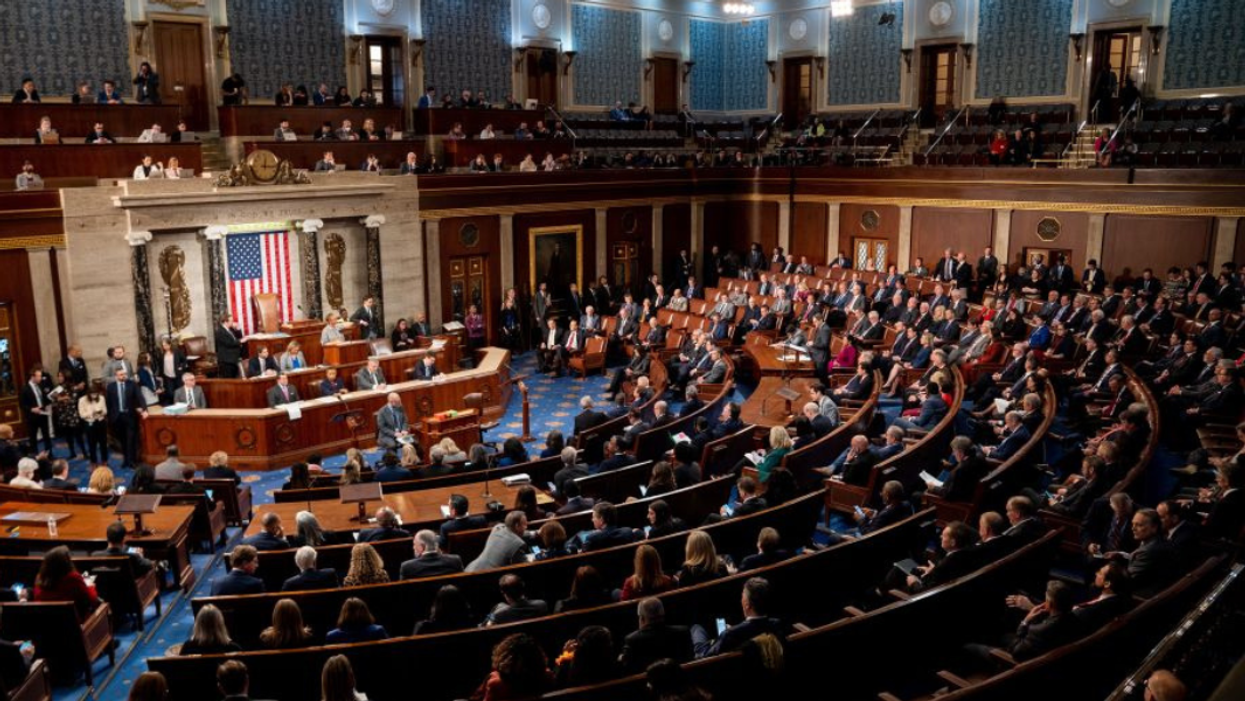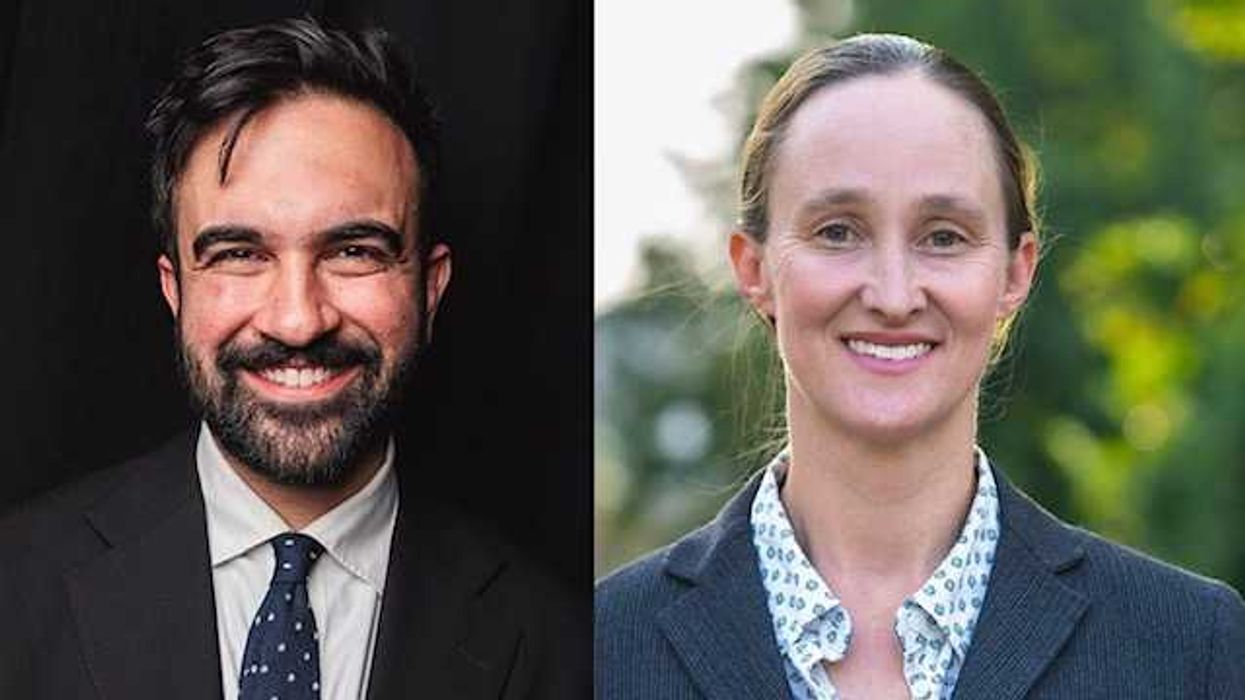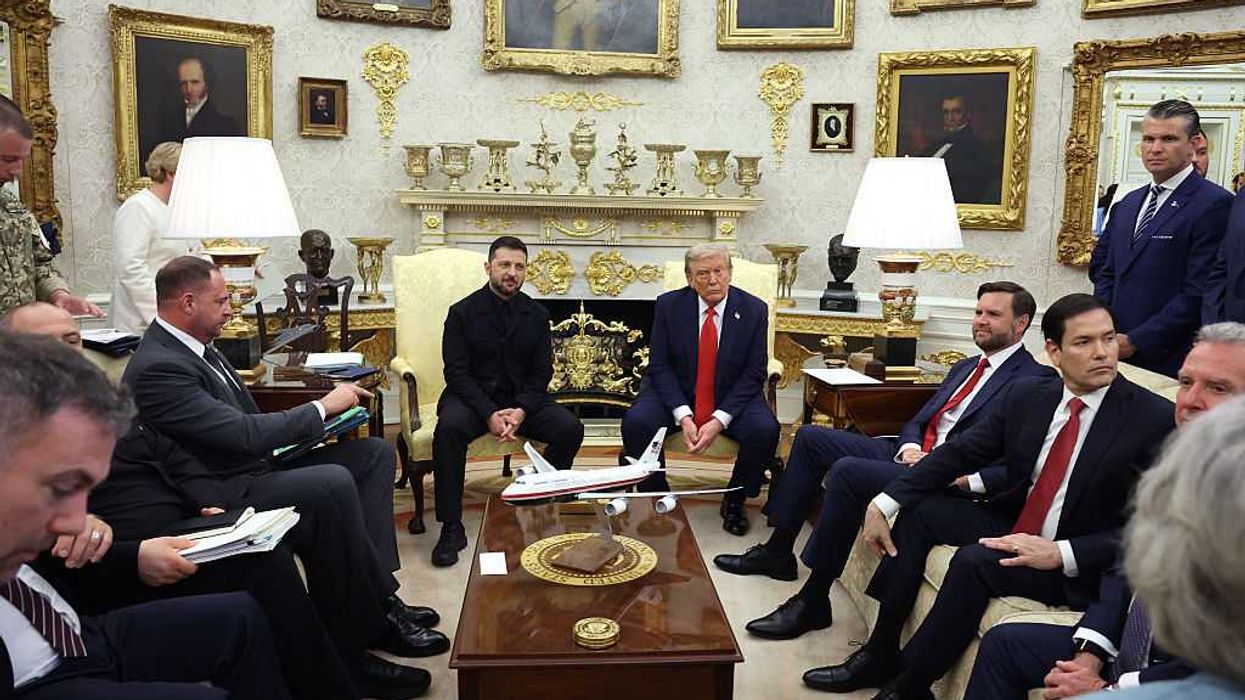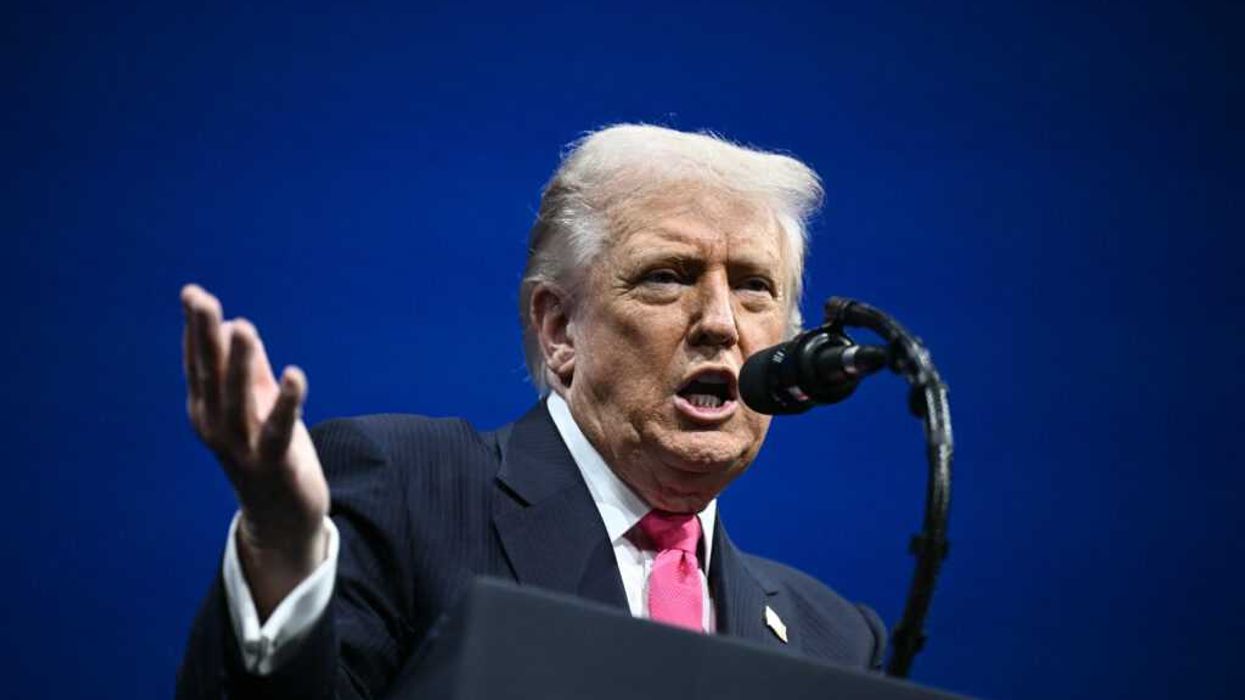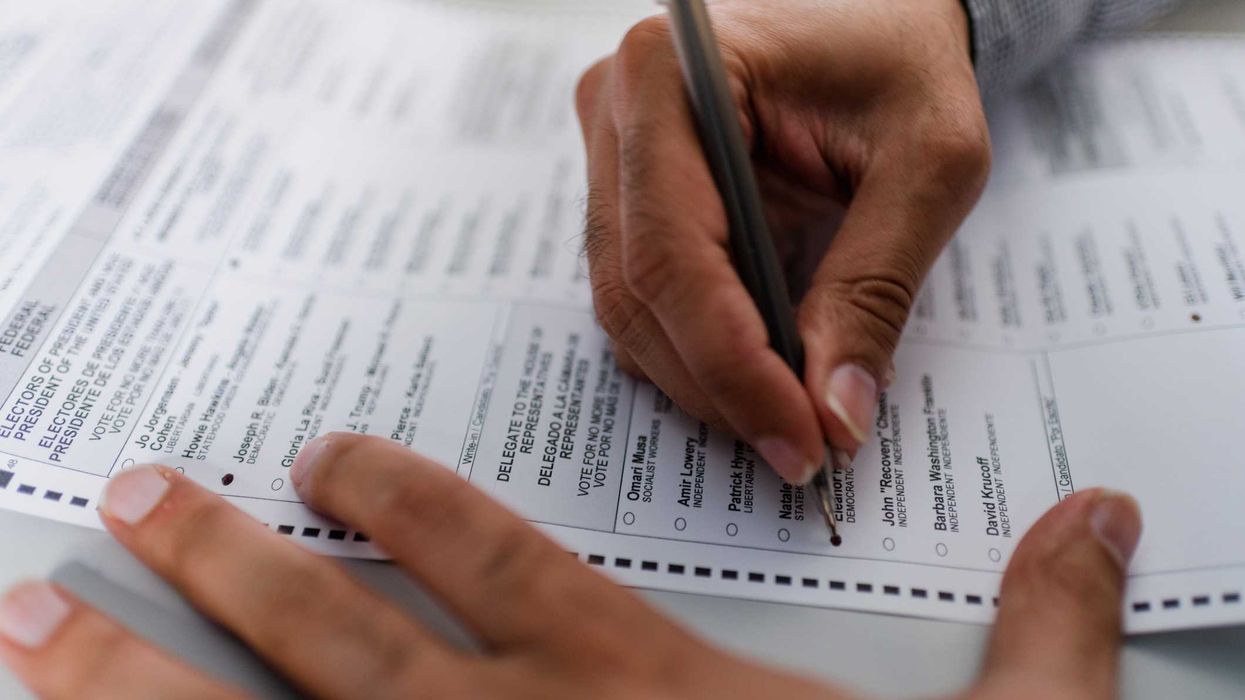Goldstone is the author of the forthcoming book "Not White Enough: The Long Shameful Road to Japanese American Internment."
Although the focus of most recent political news had been Kevin McCarthy’s increasingly desperate attempts to grovel his way to becoming America’s first invertebrate Speaker of the House of Representatives, buried in the hoopla are genuine decisions to be made about how the nation’s democracy should function.
In 1787, when the delegates to the Constitutional Convention were debating how the lower house of Congress would be structured—some still referred to it as the House of Commons—they were almost all in agreement that although members would be elected by the “people,” they actually meant very few of the people. (Only 6% of Americans were eligible to vote in the first national election in 1788.) In addition, they believed that to function effectively, Congress needed to exclude members of lower classes, and so favored large electoral districts to limit the number of representatives and make it difficult for all but the wealthy to travel within their confines and effectively campaign.
Although class prejudice was certainly a part of their rationale, the delegates were also conscious of the difficulty in enabling effective rule in a legislative body. The more voices to be heard, they understood, the more diversity of viewpoints to be managed, the more discipline and controls would be needed in order to get anything done. Their task was to try to find the proper balance between participatory democracy and workable governance.
The reason the convention had been called in the first place was that the nation had stagnated under the Articles of Confederation, the governing document under which the United States had been ruled since 1781. The Articles allowed every state an equal voice, required a three-quarters majority to pass the simplest legislation, and demanded unanimous consent to alter the rules. The framers feared an excess of centralized power but were also desperate to find a more effective means to pass legislation.
In other words, how much democracy was too much?
The Constitution they wrote could not fully answer that question, nor could the delegates predict which institutions would predominate in the new government. While Article I empowers House members to “choose their speaker and other officers,” in the days before political parties became legislative power centers, the delegates could only guess how much authority the Speaker would eventually wield.
It turned out to be quite a great deal indeed.
In the early days of the republic, the Speaker’s chair was a position of prestige, occupied by such figures as Henry Clay and future president James Knox Polk, but did not begin to evolve into its current role until the end of the 19th century when Maine’s Thomas Brackett Reed initiated a series of rules changes to promote partisan control. “The best system is to have one party govern and the other party watch,” he noted.
In 1903, four years after Reed’s reign ended, Illinois’ Joe Cannon advanced the dominance further. He was both Speaker and chair of the Rules Committee, and from those dual perches, “Czar Cannon” ran the House as autocratically as the moniker implied. He was unapologetic about muscling his opponents. Cannon is reported to have said, “Sometimes in politics one must duel with skunks, but no one should be fool enough to allow skunks to choose the weapons.”
After Cannon’s departure, the Speaker’s authority shifted a bit to committee chairmen. In 1940, however, Texas Democrat “Mister Sam” Rayburn took the gavel and ruled with almost dictatorial control during an incredible almost unbroken two-decade tenure.
After Rayburn, members of both parties grumbled that the Speaker had become too powerful. Still, with the ability to set the House’s agenda, distribute patronage, and to a large extent control committee assignments, diminishing the Speaker’s influence would prove extremely difficult. But the discontent continued and the last three speakers have faced populist revolts from within their own parties. John Boehner was forced to resign and Paul Ryan likely would have been if Republicans had not lost the House. Nancy Pelosi, Ryan’s successor, only survived by agreeing to voluntarily relinquish the job after four years.
The current Republicans who voted against McCarthy were merely taking those revolts one step further.
Their agenda aside—these are insurrectionists, after all—the rebels have argued that centralized power in the Speaker’s office works against effective democracy by stifling the voices of those who question party dogma, allowing for the selection of only like-minded members or fealty seekers for choice committee assignments, and enforcing strict rules on amending pending legislation. In addition, with a Pelosi-initiated rule that it takes a majority of party members to initiate a “vacate the chair” motion—a vote of no confidence—a Speaker need only pander to the mainstream to remain in office.
Among the insurgents’ demands are a return to requiring but one member to initiate a vacate the chair motion—which is what prompted Boehner’s resignation—more say in committee assignments, and the ability to allow members to offer any amendment they choose to pending legislation. (They have some more extreme and whacky demands as well, including the creation of a select subcommittee on the “Weaponization of the Federal Government to investigate the Biden administration's assault on the constitutional rights of American citizens.”)
To a great extent, then, the insurgents have resurrected the same dilemma faced by the delegates in Philadelphia—how much democracy is too much?
There is no question that the reforms the rebels are demanding will be more “democratic” and create wider debate and a broader range of views. But that works at the expense of effectiveness. It is not a coincidence that the anti-McCarthy contingent is also anti-government. It might be in their interest to grind government to a halt in the name of “freedom,” but is it best for the nation?
Taking a step back, it might not be a bad idea for the House of Representatives, created to be the people’s branch of government, to reexamine the often Byzantine and self-serving rules under which the leadership ensures itself maximal authority.
Nonetheless, although the insurgents are correct that faith in government has eroded, it is equally correct that they are the last people who can be trusted to restore it.





